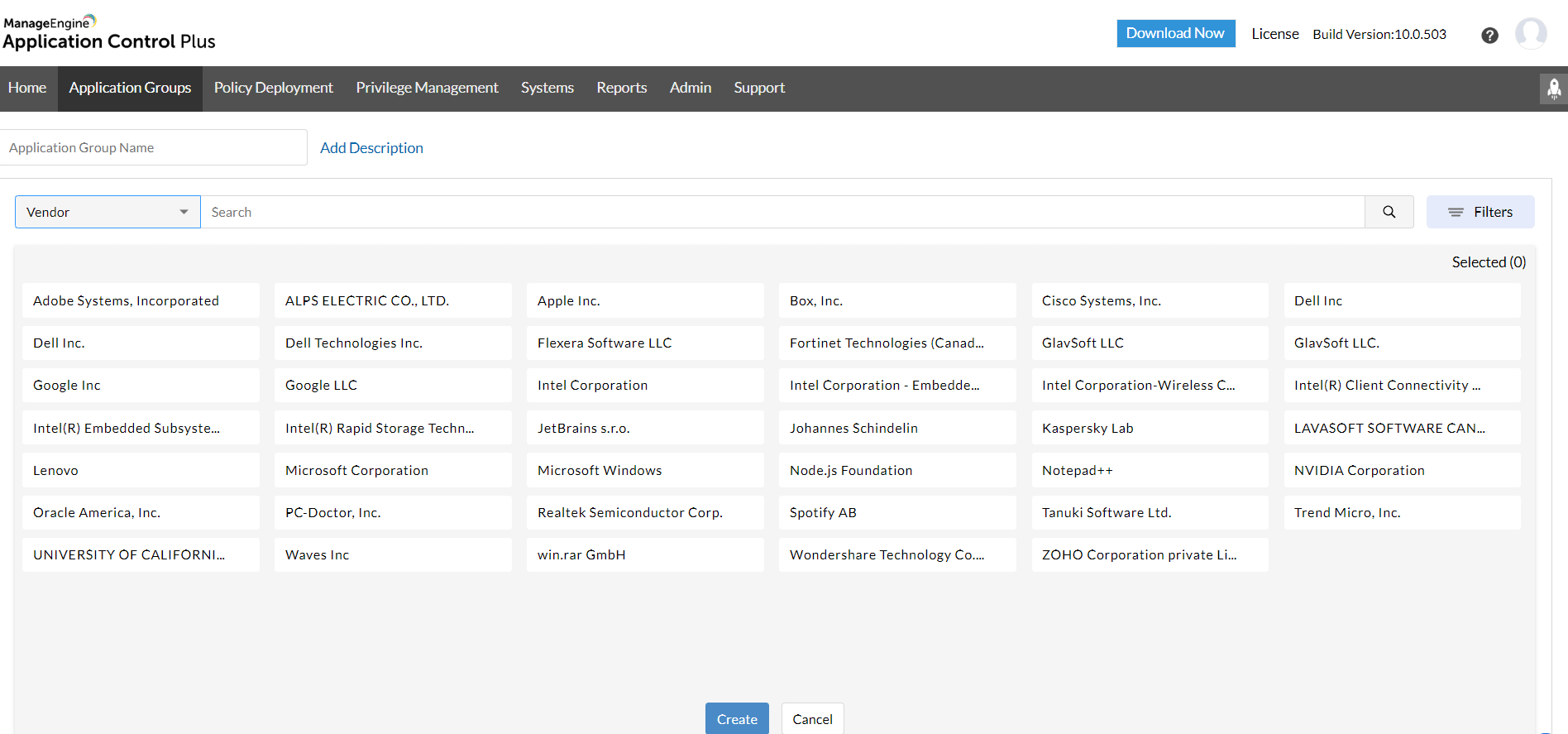Blacklisted software, encompassing malware, spyware, and adware, poses serious threats to systems worldwide. Let’s delve into the risks, signs, prevention methods, and real-world impacts of this malicious software.
Definition and Types of Blacklisted Software
Blacklisted software refers to programs or applications that are deemed harmful or malicious and are prohibited from being installed or run on a system. These types of software are typically designed to exploit vulnerabilities, steal data, or disrupt the normal functioning of a computer or network.
Types of Blacklisted Software
- Malware: Malicious software designed to damage or disrupt systems, steal information, or gain unauthorized access.
- Spyware: Software that collects information about a user’s activities without their knowledge, often for advertising or surveillance purposes.
- Adware: Software that displays unwanted advertisements or pop-ups on a user’s device, often leading to a poor user experience.
How Blacklisted Software Can Harm Systems
Blacklisted software can harm systems in various ways, including:
- Causing system slowdowns or crashes.
- Stealing sensitive information such as login credentials or financial data.
- Installing additional malware or unwanted programs without the user’s consent.
- Disrupting network communication or compromising system security.
Common Signs of Blacklisted Software

Blacklisted software can cause various issues on devices, which can be detected through specific signs. It is essential for users to be aware of these signs to protect their systems and data.
Unexplained System Slowdown
One of the common signs of blacklisted software is unexplained system slowdown. If your device suddenly starts running significantly slower without any apparent reason, it could be due to the presence of blacklisted software consuming system resources.
Constant Pop-up Ads
Another sign to look out for is the sudden appearance of constant pop-up ads while browsing the internet or using certain applications. Blacklisted software often injects these ads into your browsing experience, disrupting your workflow and potentially exposing you to malicious content.
Changes in Browser Settings
If you notice sudden changes in your browser settings, such as the default search engine or homepage being altered without your consent, it could indicate the presence of blacklisted software. This software often manipulates browser settings to redirect users to malicious websites.
Increased Network Activity
Blacklisted software may cause an increase in network activity on your device, even when you are not actively using the internet. If you notice unusual spikes in data usage or network activity, it could be a sign that blacklisted software is running in the background.
Security Warnings or Alerts
If your device starts displaying security warnings or alerts about potential threats, it could be a red flag for the presence of blacklisted software. These warnings often indicate that your system has been compromised and prompt you to take action to remove the malicious software.
Risks Associated with Blacklisted Software
Using blacklisted software poses significant risks and consequences that can have detrimental effects on both individuals and organizations. One of the primary concerns is the compromise of data security, leading to potential data breaches, theft, and unauthorized access to sensitive information.
Data Breaches and Theft
Blacklisted software often contains vulnerabilities and backdoors that cybercriminals can exploit to gain access to personal or confidential data. This can result in data breaches, where sensitive information is stolen, leading to financial losses, identity theft, and reputational damage.
Unauthorized Access
By using blacklisted software, individuals and organizations are at risk of granting cybercriminals unauthorized access to their systems. This can allow malicious actors to install malware, spyware, or ransomware, compromising the integrity and confidentiality of the data stored on the devices.
Real-World Incidents
- One notable incident involved the WannaCry ransomware, which exploited a vulnerability in outdated software to infect hundreds of thousands of computers worldwide, causing widespread chaos and financial losses.
- In another case, the Equifax data breach was attributed to the use of unpatched software, resulting in the exposure of sensitive personal information of millions of customers.
- Additionally, the NotPetya malware attack targeted organizations that were using blacklisted software, causing billions of dollars in damages and disrupting critical infrastructure.
Methods to Prevent Blacklisted Software

Preventing blacklisted software from being installed on your system is crucial to maintaining a secure environment. By following best practices and implementing preventive measures, users can protect their devices from potential threats.
Regular Software Updates
One of the most important steps in preventing blacklisted software is to ensure that all software on your system is regularly updated. Software updates often contain security patches that address vulnerabilities exploited by blacklisted software.
Download from Trusted Sources
Always download software from reputable and trusted sources. Avoid downloading from third-party websites or unreliable sources, as they may contain blacklisted software or malware.
Use Antivirus and Anti-Malware Software
Installing and regularly updating antivirus and anti-malware software can help detect and remove blacklisted software from your system. These security tools provide an additional layer of protection against potential threats.
Exercise Caution with Email Attachments and Links
Be cautious when opening email attachments or clicking on links, especially if they are from unknown or suspicious sources. Blacklisted software can often be spread through phishing emails or malicious links.
Implement User Permissions, Blacklisted software
Restrict user permissions on your system to prevent unauthorized installations of software. By limiting user access, you can reduce the risk of blacklisted software being inadvertently installed.
Final Wrap-Up

In conclusion, being aware of blacklisted software is crucial in safeguarding your systems and data. By understanding the risks and implementing preventive measures, you can protect yourself from potential cyber threats effectively.
Quick FAQs
What are the common signs of blacklisted software?
Common signs include slow system performance, frequent crashes, and unusual pop-up ads.
How can users protect their devices from blacklisted software?
Users can protect their devices by installing reputable antivirus software, avoiding suspicious downloads, and regularly updating their systems.
What are the risks of using blacklisted software?
Using blacklisted software can compromise data security, lead to identity theft, and cause system vulnerabilities.
